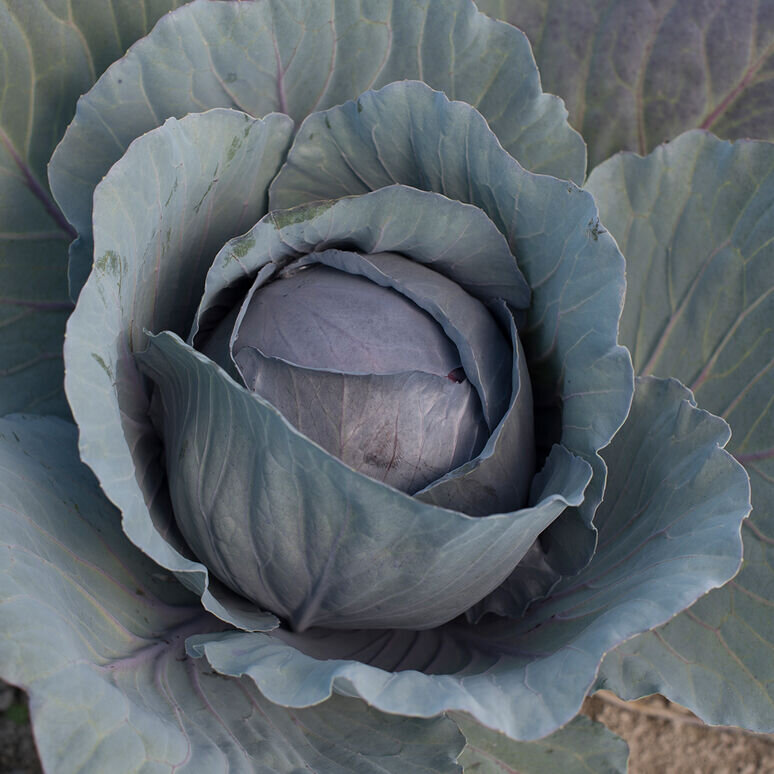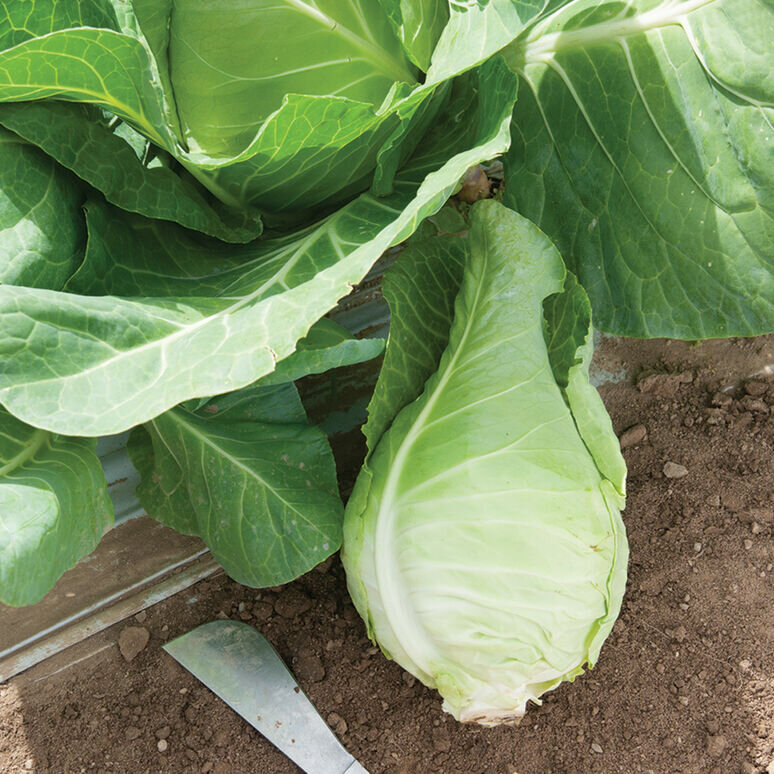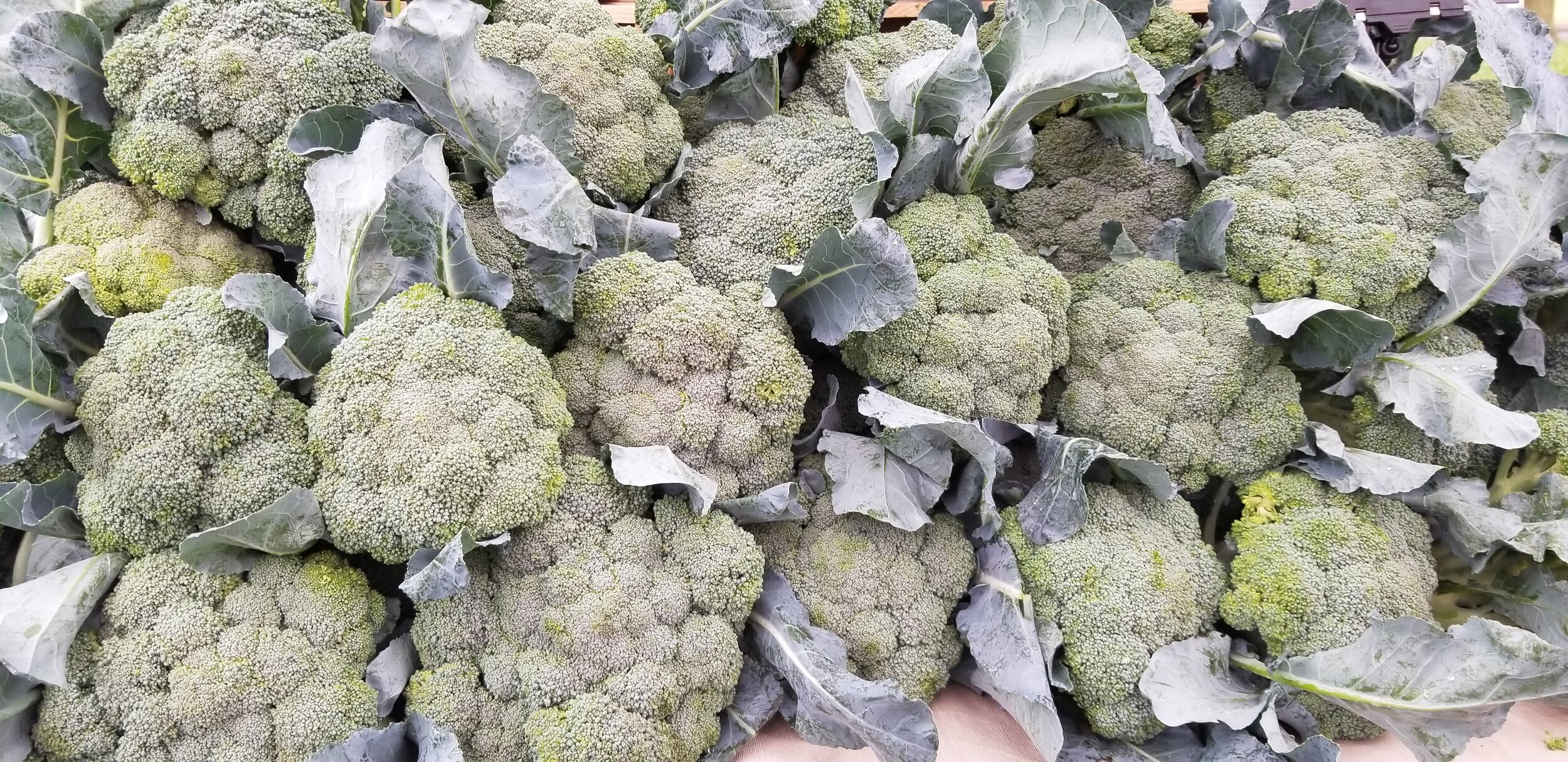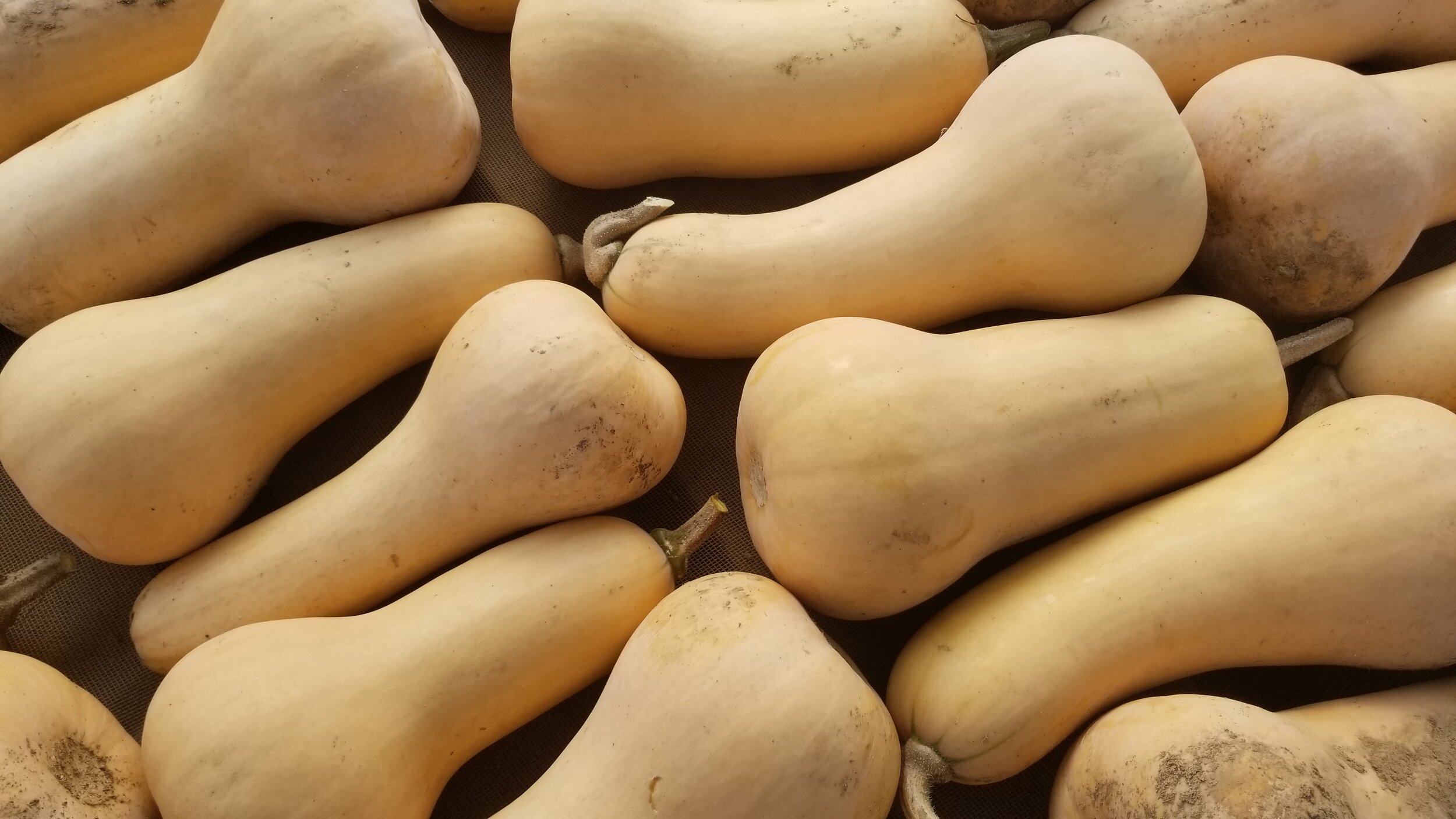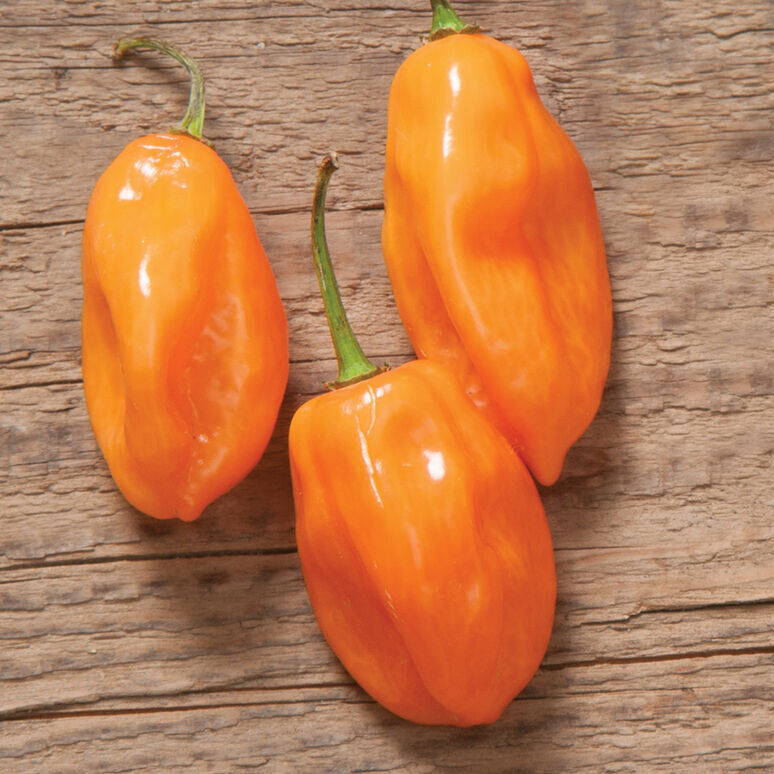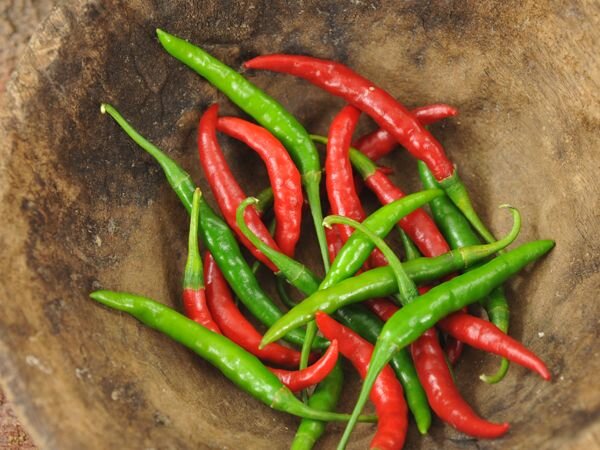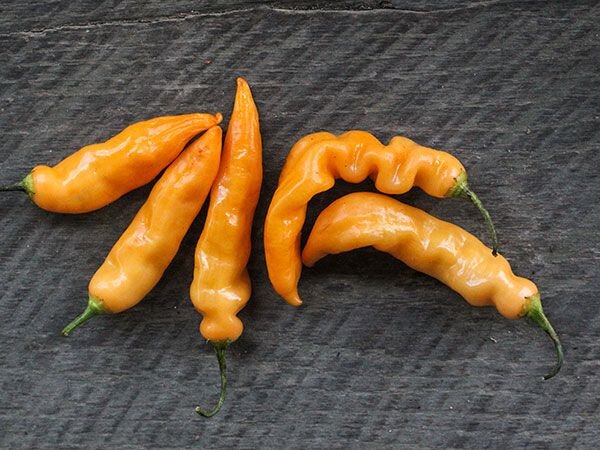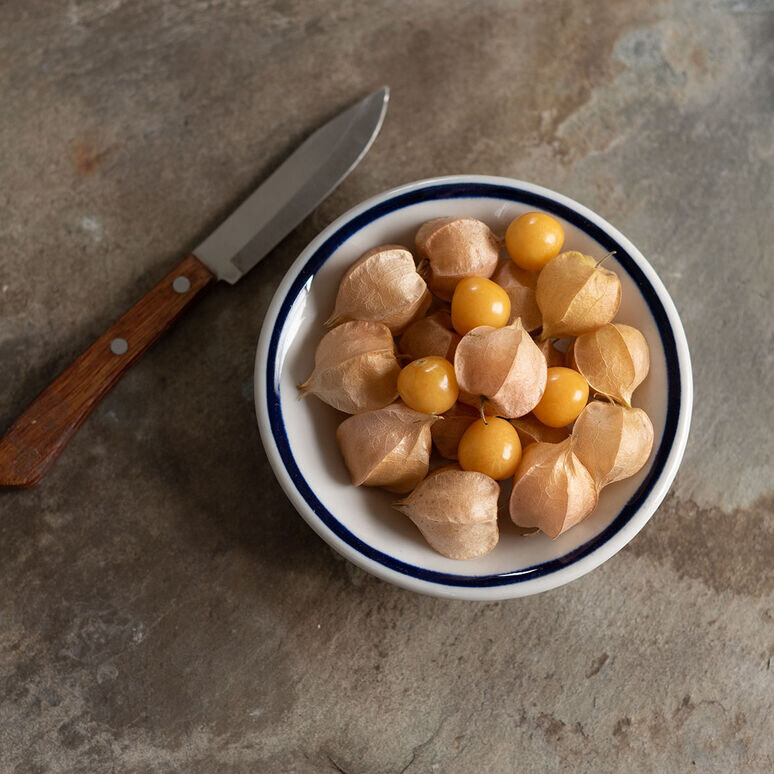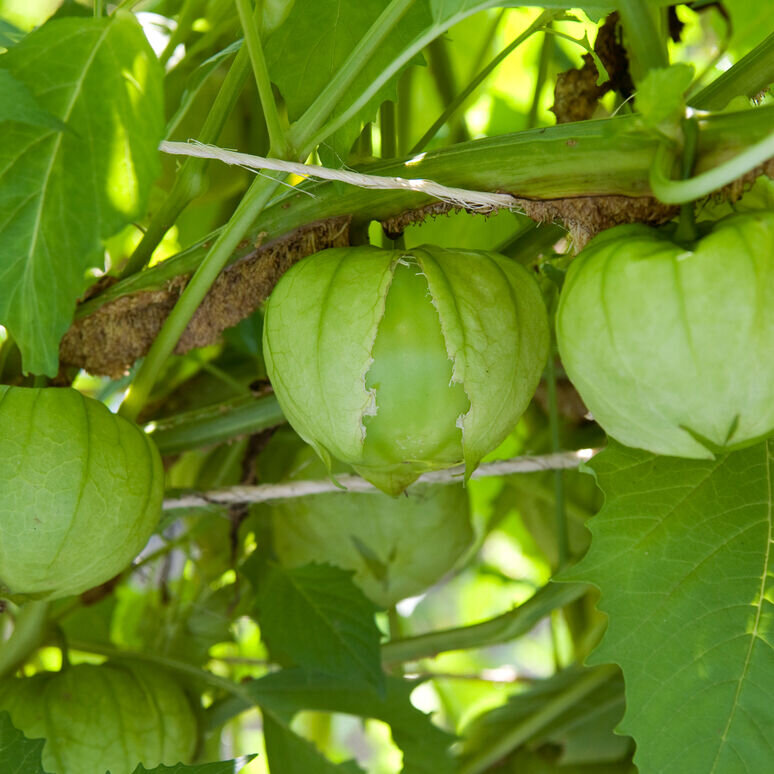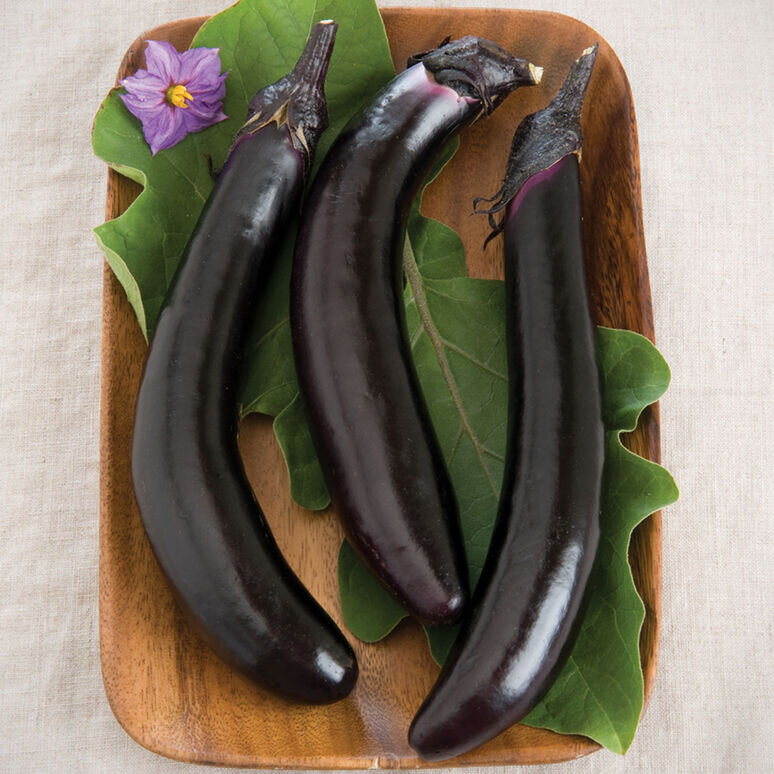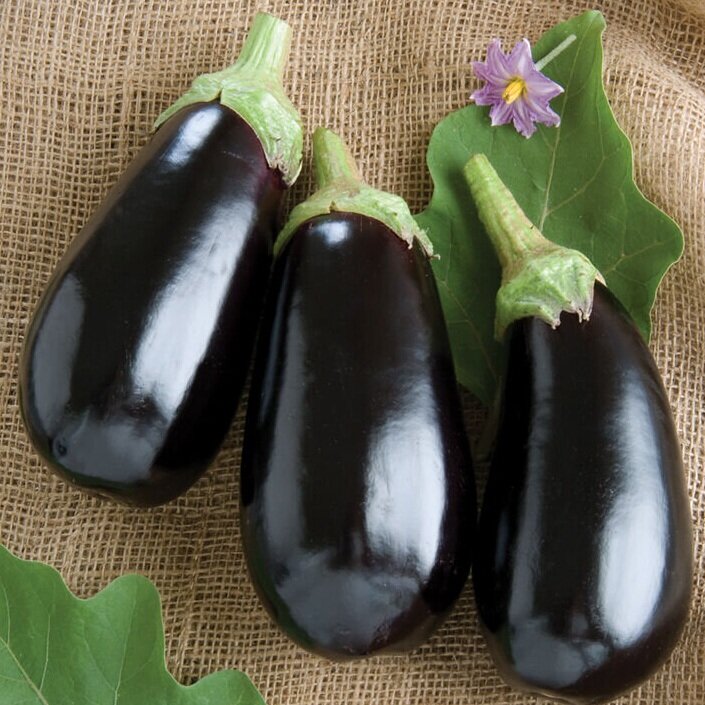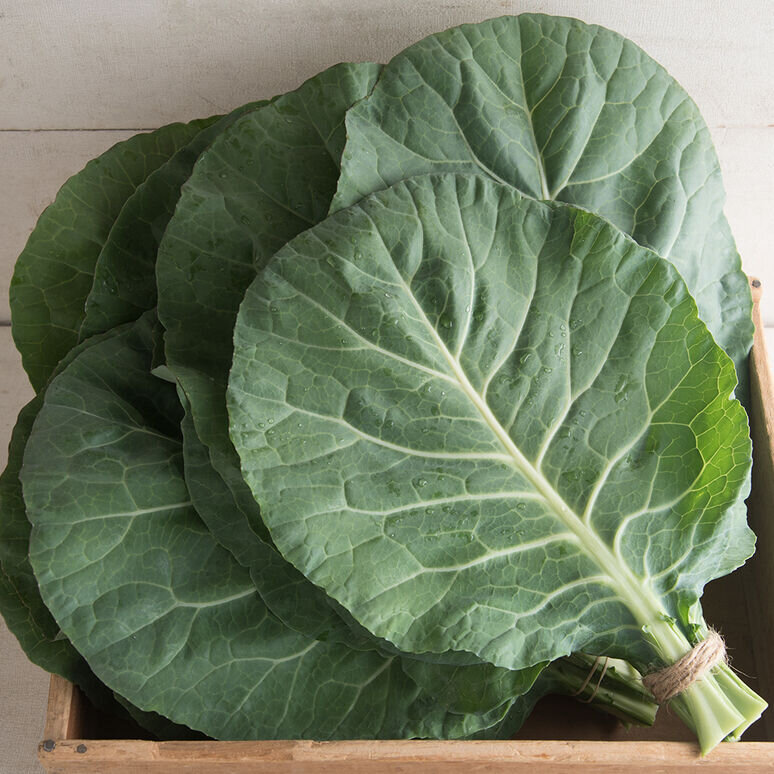We'll have a fresh red cabbage on the share first, then a green conal and round variety later.
Use cabbage in coleslaw's and soups it is also delicious braised, boiled or steamed.
Briefer cooking keeps cabbage sweet and tender.
Overcooking in covered pots gives cabbage a "sulfuric bite" and its bad reputation.
Store cabbage in a plastic bag in the refrigerator crisper.
RECIPES
Cabbage Wedges with Chopped Dill
1 1/2-2 pounds green cabbage
salt and pepper
butter, olive oil, or creme fraiche
2 tablespoons chopped dill
Cut the cabbage into sixths or eighths. Pour about 1 inch water into a wide skillet, add 1/2 teaspoon salt and bring to a boil. Add the cabbage and lower the heat to a simmer. Cover and steam until bright green and tender, 8 to 10 minutes. When done, transfer to a platter, add butter or oil to taste, sprinkle with dill, and season with pepper. (Vegetarian Cooking for Everyone by Deborah Madison, p345-6)

